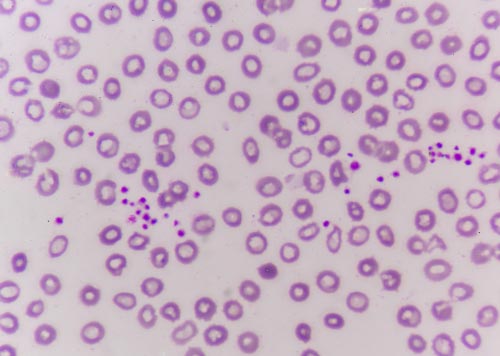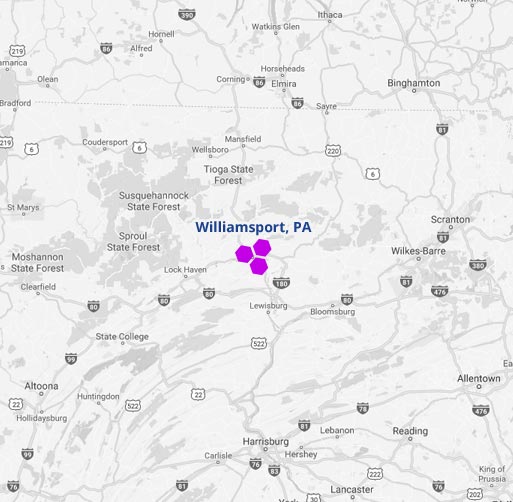Home » Platelet-Rich Plasma Therapy
Platelet-Rich Plasma (PRP) Therapy in Northeast PA
A Non-Surgical Option for Musculoskeletal Injuries
Revolutionary Treatment that Relieves Pain by Promoting Long Lasting Healing of Musculoskeletal Conditions According to the World Health Organization (WHO), musculoskeletal injuries are the second largest common cause of severe long-term pain and physical disability. Soft tissue injuries including meniscus, soft tissue cartilage tears, tendon and ligament trauma account for 45% of all musculoskeletal injuries in the United States. For many years, our best option for treating musculoskeletal injuries, sprains, and strains was to inject local anesthetics and anti-inflammatory steroids into the affected area to reduce swelling and pain.
Northeast Knee and Joint Institute has had many patients over the past several years come to our offices to receive platelet-rich plasma (PRP) injections as part of their treatment plan. PRP treatment can be utilized for many different soft tissue and tendon/ligament related ailments.
PRP treatment has been utilized in Europe for over 20 years now, professional athletes have been seeing the benefits of this treatment for as long. Until recently, athletes and interested patients would travel overseas for such treatment. Finally, approximately 5-6 years ago this treatment was approved for use in the United States!
There are many ways that PRP can safely and effectively treat many ailments or injuries.
When combined with our osteoarthritis Knee Relief Program, PRP has been shown to drastically increase the joint’s ability to recover. Due to the fact that PRP uses the patient’s own blood, we are utilizing the patient’s own healing factors. These are the same growth factors that heal a person when they are recovering from a cut or wound. They are being concentrated injected into an area that is injured or not vascular (does not normally receive much/ if any blood flow) The regenerative properties of the platelets are targeted towards the injury site. This helps to aid and speed up the recovery process by addressing the injury directly, and PRP offers long-term healing benefits.
Over time, we have learned that although steroid injections can be helpful and effective, prolonged and repeated use may not be beneficial as steroid injections are temporary relief and not healing.
Fortunately for our patients today, advances in science have allowed us to find new and targeted approaches to treating these kinds of injuries. PRP therapy is an “autologous blood therapy” that uses a patient’s own blood components to stimulate a healing response in damaged tissues that would normally not receive this blood flow. PRP provides an alternative to surgery by promoting safe and natural healing.
What is PRP Therapy?
Platelet-rich plasma therapy is an FDA-approved therapeutic injection process for the growth, repair, and rehabilitation of connective tissue, such as shoulders, knees, hips, neck, back, etc. PRP therapy aids the body’s natural healing process by delivering a higher concentration of platelets, directly into the area of need. Platelet-rich plasma involves drawing a sample of your blood, which is then placed in a centrifuge to isolate the blood platelets. This platelet-rich plasma is precisely injected back into the area in need of repair, enhancing the healing process. The process has been shown to be safe and effective in treating the following common conditions:
- Osteoarthritis of the Knee, Shoulder, Hip & Spine
- Meniscus tears
- Rotator Cuff Strains & Tears
- Anterior Cruciate Ligament (ACL)
- Pelvic Pain & Instability
- Back & Neck Injuries / Pain
- Tendonosis such as Tennis Elbow
- Tendonitis & Ligament Sprains
- Chronic Knee Pain
- Muscle Strains
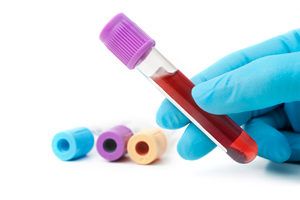
How Does PRP Therapy Work?
To prepare the PRP injection, blood is drawn from the patient and is spun in a centrifuge at a high speed to separate the blood into its four components: red blood cells, white blood cells, platelets, and plasma. Once separated, some of the plasma is removed, and the remaining plasma is mixed back in with the platelets. This forms a very “platelet-rich plasma” solution which is then injected into and around the point of injury, jump-starting and significantly strengthening the body’s natural healing signal. Because your own blood is used, there is no risk of a transmissible infection and a very low risk of allergic reaction. PRP works because it brings your own body’s healing factor directly to an area that would normally not receive much blood flow (non-vascular areas in the body, such as joints, tendons and ligaments)
But WHY Does PRP Work?
Platelets are the part of the blood that contain growth factors and proteins. These are very important in the repair and regeneration of damaged tissue. PRP Therapy works by accelerating the body’s own healing process and bringing the healing to areas in the body that would not normally receive this healing. Your body’s joints, tendons and ligaments receive limited blood flow; therefore in most cases, it is very difficult for these areas to heal on their own. Injecting one’s own PRP directly to the injury site works by encouraging the growth and regeneration/healing of new, healthy cells.

What Are the Expected Results?
Because the goal of PRP therapy is to resolve pain through healing, it could prove to have lasting results. Initial improvement may be seen within a few weeks, gradually increasing as the healing progresses. Research studies and clinical practice have shown PRP therapy to be very effective at relieving pain and returning patients to their normal lives. Both ultrasound and MRI images have shown definitive tissue repair after PRP therapy, confirming the healing process. The need for surgery can also be greatly reduced by treating injured tissues before the damage progresses and the condition is irreversible.
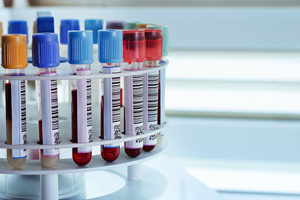
Is PRP Right for Me?
If you have a tendon or ligament injury and traditional methods have not provided relief, then PRP therapy may be the solution. The procedure is less aggressive and less expensive than surgery. It will heal tissue with minimal or no scarring, and alleviates further degeneration of the tissues. No ill effects have been reported in any of the many studies executed. This process uses the patient’s own blood thereby eliminating any chance of rejection response and minimizes the likelihood of injection. There will be an initial evaluation with your doctor to see if PRP therapy is right for you.
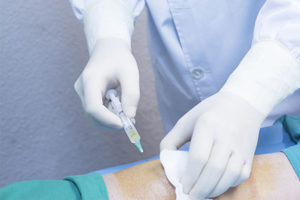
How Long Does it Take?
PRP therapy is a fast and painless procedure. All treatments are performed in office and takes approximately one hour, including preparation and recovery time. In fact, most people return to their jobs or usual activities right after the procedure.

